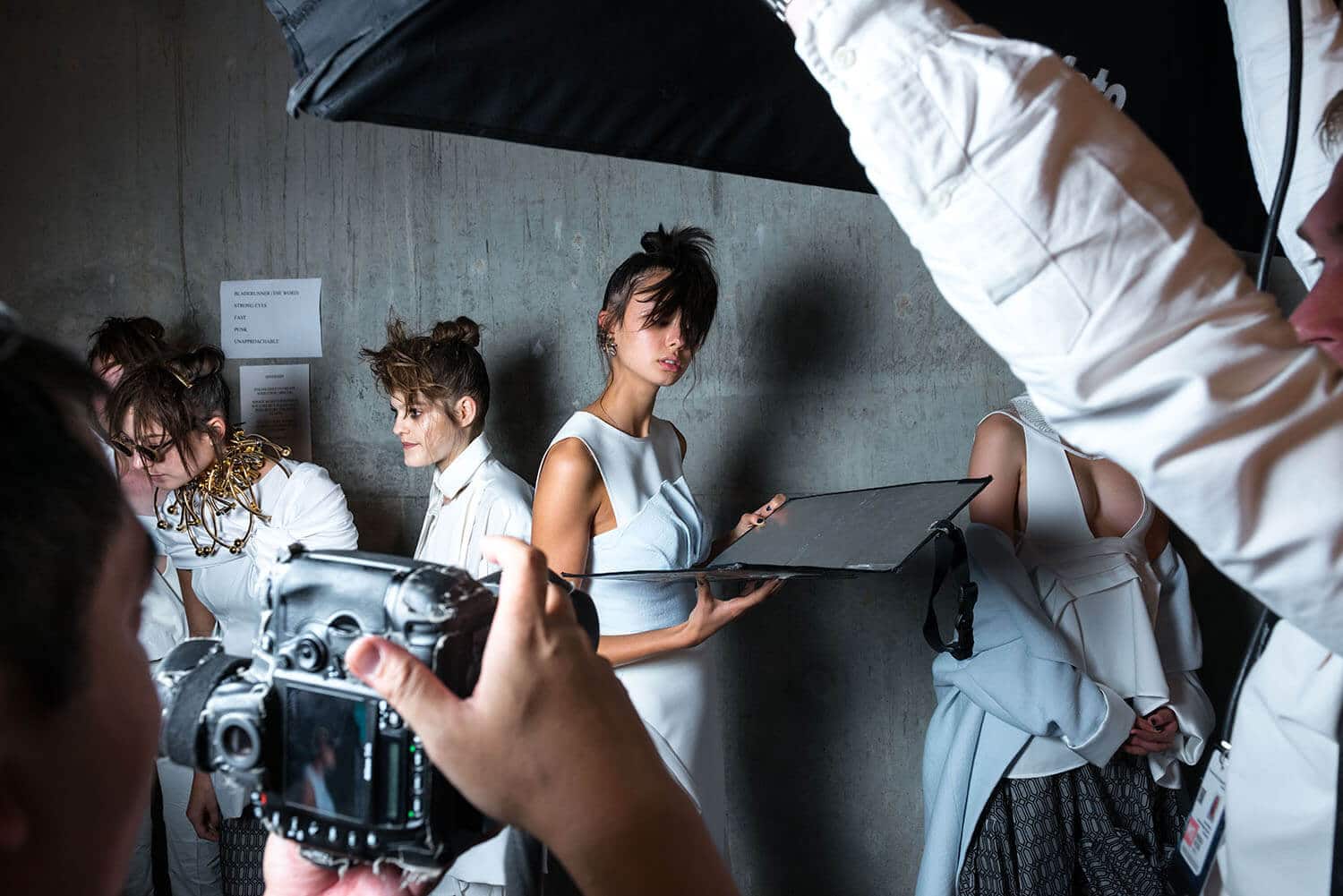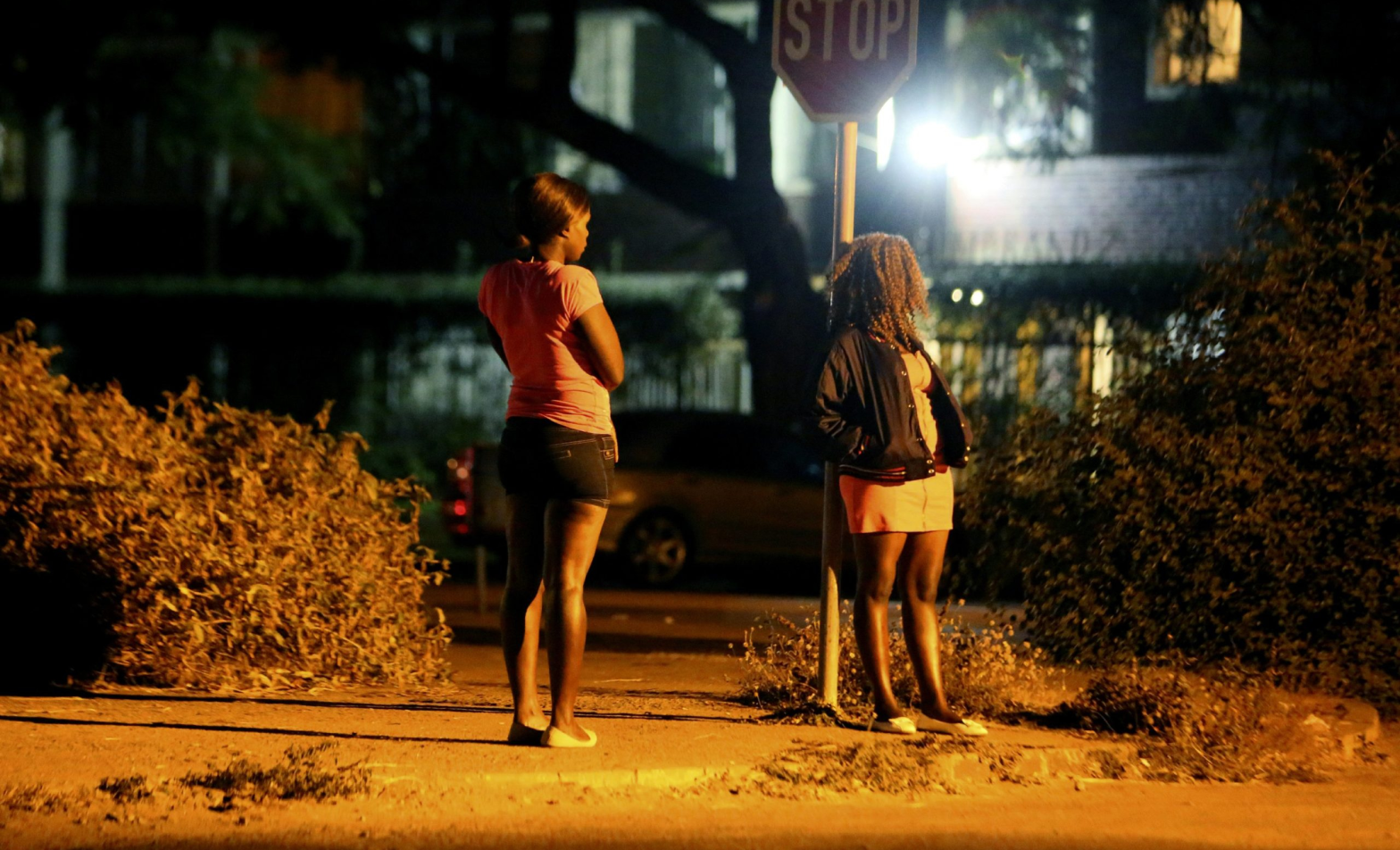In 1991, Marylin Douala Manga Bell and her husband founded Cameroon’s first-ever contemporary art center. Since then, she has been a key enabler of local talent growth – and the emergence of Cameroon’s contemporary artists on the world stage. Now she wants to ensure that their legacy has a more local focus..
By Patrick Nelle, bird story agency
For thirty years now, Princess Marilyn Douala Manga Bell has been walking up the steep iron staircase that leads to her office on the mezzanine of the building which houses Doual’Art. In her sixties, with a greying afro hairdo, she is on duty this Saturday morning.
“Climbing this staircase is my daily fitness exercise,” she jokes.
The first of its kind created in the city of Douala, the contemporary art centre has contributed to the training and projection of so many local talents on the local and global art scene, that it’s almost impossible to count them.
Today, Douala Manga Bell pores quietly over her documents, surrounded by hundreds of books in her immense library. She is working, re-reading a report that needs to be sent urgently to a partner.
Doual’Art is exhibiting the work of a Cameroonian art collector. The exhibition, which runs over several months, showcases fifty-six works from different artists. The works are not often seen in public but Douala Manga Bell knows just how important it is to maintain interest – and grow domestic knowledge of – Cameroonian artists.
“We want to encourage them to exhibit their work to the public to establish a strong link between artists and local buyers,” she takes the time to explain, taking her eyes off her computer screen for just a moment.
Behind her on an easel is a portrait of Didier Schaub, her partner both in life and in a shared passion for art. They sacrificed their respective careers to create Doual’Art in 1991. He died in 2014, leaving behind a great void – and a request that she continue the journey they started together, more than thirty years ago. It’s a request she believes she has honoured.
“We asked around in our hotel, we did some research on the internet, and everyone told us that this is one of the places in the city that you have to visit, so we came to see it,” explains a European tourist viewing the works of art.
But Douala Manga Bell’s greatest satisfaction is not from helping put Cameroonian art on the international radar, it is from something far closer to her heart.
“At the beginning, we had an average of 80 visitors per exhibition, including barely 30 Cameroonians and 50 Europeans. Today we have about 2,000 visitors per exhibition, and the vast majority are Cameroonians who come to visit,” she says.
This journey began following an unexpected encounter in 1977, in an art market in Paris. There, Douala Manga Bell, an economics student, met Didier Schaub, who was employed by an art gallery. A romance began, they married, and a love for art became a central theme in their lives.
“I had no background in culture or art at all, and it was with him that I learned and became familiar with the world of contemporary art,” Douala Manga Bell says.
“You have to know that in our country when I was growing up in the 1960s, there were no museum or gallery-type art education places or spaces like that,” she recalls.
With a degree in Development Economics, Douala Manga Bell began to question the role of art as a factor in social development. This is how the idea of setting up an art education structure in her hometown, Douala, came about.
Douala Manga Bell returned to Cameroon in 1985, and the following year, her husband joined her.
At the beginning of the 1990s, Cameroon, like many other countries, was shaken by protests and democratic demands. Douala was the epicentre of the protest that set the whole country ablaze, the scene of violent clashes, and a year-long “Ghost town” campaign organised by the opposition.
It was during this troubled period – when art seemed to be the last thing on people’s minds – that the couple chose to launch Doual’Art in response to the ongoing crisis.
“The Ghost towns were a trigger for the need to invite the people in the city of Douala to have a more organised thinking of their demands. For us, the artistic question had become an issue because through art we can say many things, and above all, art can be a vector for the liberation of speech,” Douala Manga Bell explained.
With no job and no money, the couple and their two children lived with Douala Manga Bell’s father. She and her husband had no premises to house Doual’Art, so they took to the streets to organise their first exhibitions.
Paintings were made on walls in different parts of the city. In 1993, Douala Manga Bell recovered an abandoned family property – not without causing some dispute within the family – and made it the headquarters of the art centre.
Three years later, they made the headlines.
In 1996, Doual’Art erected a statue several metres high on the Deïdo Round-About square, one of the busiest crossroads in Douala. Created by Joseph Francis Soumegne, the statue was named ‘New Freedom’. The work of art sparked fierce controversy.
Made from recycled materials, it was accused of soiling the city. Douala Manga Bell and her husband were also criticised for not commissioning the work from an artist with roots in the city. Voices were raised demanding that the statue be dismantled.
In the face of the controversy, Douala Manga Bell displayed acute diplomatic skills. She held numerous explanatory meetings with the town’s traditional authorities and other protesters to get her initiative accepted.
Today, the public has fully embraced ‘New Freedom’ and the statue even represents the city in promotional and information media.
In many ways, “New Freedom” was the beginning of the city’s art story. Since its creation, the Doual’Art centre has installed more than 80 artworks across the city. Some of the works were ephemeral and no longer exist; others remain and have become an integral part of the urban landscape.
Throughout numerous initiatives, festivals, and artistic events, Doual’Art has become an obligatory stop for most of Cameroon’s great contemporary artists, whether they be veterans, such as Koko Komegne, Joël Mpah Dooh, Pascal Martin Tayou, or newer generations of artists, such as Boris Nzebo or Jean David Nkot.
“Many artists have had the opportunity to integrate renowned spaces because they could exhibit their work here at Doual’Art. It was at Doual’Art that I had my first exhibition in 2014. It was from here that I was discovered by the Jack Bell Gallery in London, where my works are now exhibited and sold,” says Jean David Nkot, a 33-year-old Cameroonian contemporary artist whose reputation is currently on the rise internationally.
However, keeping this dream alive remains very challenging. Even after thirty years of existence, patrons are reluctant to support the initiative and funding is hard to come by.
According to Douala Manga Bell, most of the resources come from development programmes in which art plays a part, yet the projects are financed by foreign NGOs.
Doual’Art recently won a prize from the Netherland’s Prinz Klaus Foundation. The structure also benefits from a long-term partnership with the French Institute of Cameroon.
“Art and culture remain neglected in Cameroon,” Douala Manga Bell laments. Doual’Art has received a few subsidies from the Ministry of Culture, but only on very rare occasions. The municipality of Douala also provides a grant, but the frequency and amount of payments are very irregular.
Still, Douala Manga Bell pursues the journey. After all, the thousands of Cameroonians who get to see the work of their most celebrated artists in real life may be the art investors of tomorrow.
bird story agency
<script src="https://bird.africanofilter.org/hits/counter.js" id="bird-counter" data-counter="https://bird.africanofilter.org/hits/story?id=62839b315c7ed1066f4c4eca&slug=doual-art-thirty-years-of-showcasing-cameroon-contemporary-art" type="text/javascript" async="async"></script>


















